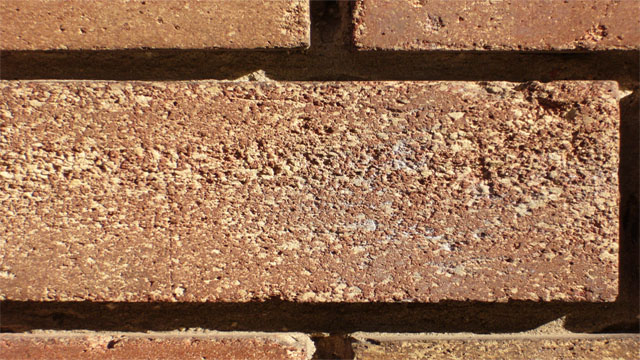
Brick exteriors test strongest in severe weather
Superior performance against moisture, earthquakes, wind, and fire
After the third most active storm season on record, tests continue to show that genuine clay brick outperforms other home exteriors in severe weather conditions. As homeowners head into peak home fire season in December and January, brick also offers a one-hour fire rating by itself—unlike other exteriors that need to incorporate fire-resistant materials in their wall systems.
In cumulative studies, genuine clay brick beats competitive exteriors in wind resistance, moisture resistance, earthquake resistance and protection from wind-blown debris.
“As a sustainable building product made from natural abundant resources, genuine clay brick exteriors can also help reduce property damage and increase survival odds,” said Gregg Borchelt, president and CEO of the Brick Industry Association (BIA). “Combined with proper design, installation and maintenance, brick is an essential element of strong, safe homes."
A 2010 study by the NAHB Research Center comparing moisture resistance among typical residential exteriors evaluated genuine clay brick veneer as the highest in moisture resistance and dryness. Of the eight wall systems tested—accounting for approximately 90% of the cladding systems used today—brick veneer wall assemblies performed the best overall in controlling moisture.
In 2009, a brick seismic study funded by the National Science Foundation showed that buildings built with genuine clay brick veneer can resist earthquakes above the Maximum Considered Earthquake for Seismic Design Category D without collapse.
Videos of a 2004 wind-blown debris study at the Wind Science and Engineering Research Center at Texas Tech University demonstrate that a medium-sized and wind-blown object, such as a 7.5-foot long 2 x 4, would penetrate homes built with vinyl siding or fiber-cement siding at a speed of 25 mph, but would need to exceed 80 mph in order to penetrate the wall of a genuine clay brick veneer home. The tests showed that a single wythe of brick exceeded the impact resistance for high velocity hurricane zones in the Florida building code.
Free of volatile compounds, earth-friendly genuine clay brick is a key element of green building design with benefits including a 100-year lifespan, no- to low-maintenance, termite resistance, durability and other competitive benefits.
About the Author
Lorelei Harloe is the Principal at Ascend Communication, LLC.


















